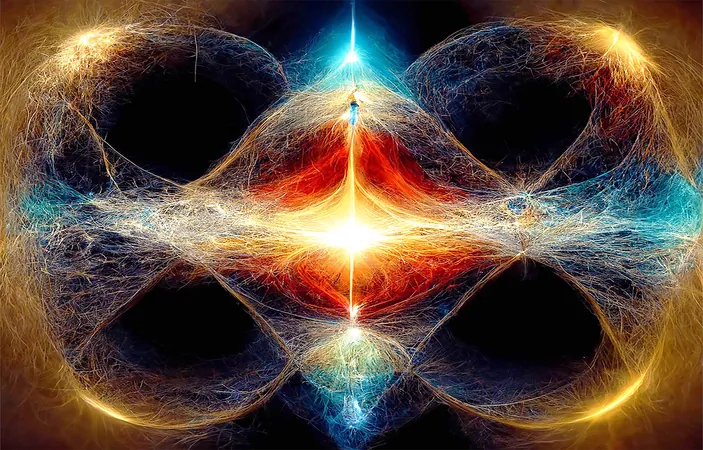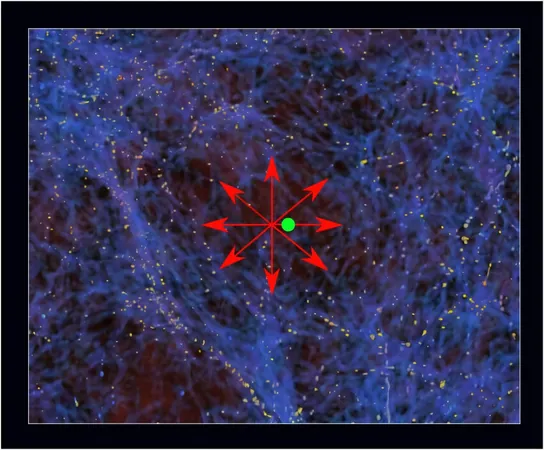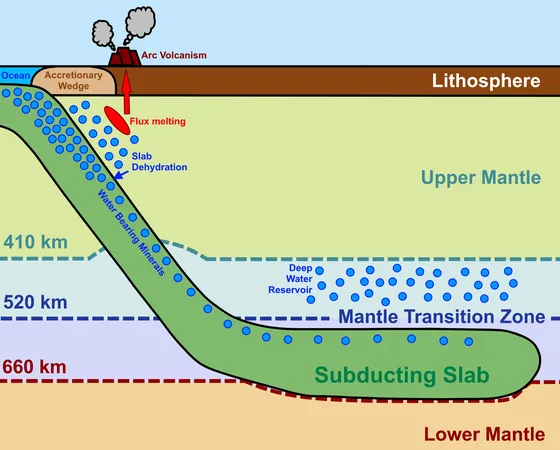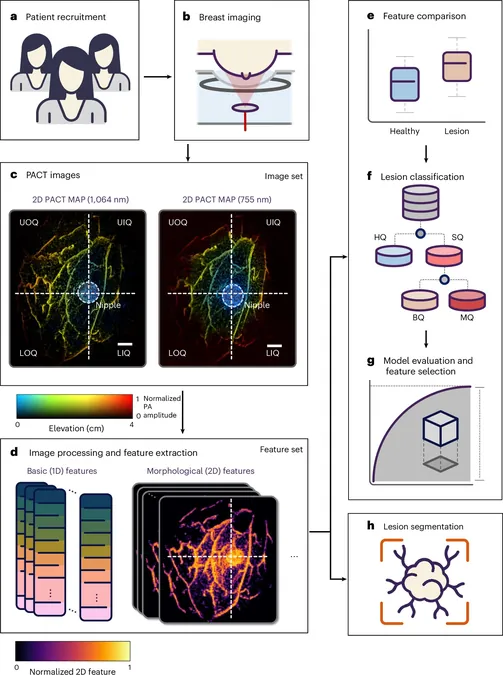
Could Every Atom Be Conscious? Exploring the Gaining Popularity of Panpsychism
2025-05-17
Author: Liam
Imagine if consciousness wasn’t exclusive to humans, but instead permeated every nook and cranny of the universe! This radical idea, known as panpsychism, suggests that every entity — from animals and plants to even atoms — has some form of consciousness, albeit a faint one.
Historically, the concept of panpsychism isn't new. Thinkers like Thales of Miletus in the 6th century B.C. speculated that moving magnets might possess souls, while Anaxagoras believed everything holds a piece of the mind. These foundational thoughts paved the way for later philosophical inquiries. The Stoics considered the universe a living organism, and Plotinus viewed it as emanating from a singular, conscious entity.
As science evolved, the idea fell into contrast with the mechanistic view that dominated. René Descartes famously separated mind from matter, but Gottfried Wilhelm Leibniz countered this by introducing 'monads'—units reflecting the entire universe through their unique perspectives.
In the late 19th century, thinkers like William James began to reignite discussions about a consciousness embedded in nature rather than simply existing atop biological structures. This raised a tantalizing question: if consciousness can evolve, could it be a fundamental characteristic of matter itself?
Fast forward to modern neuroscience, where researchers are tackling the 'hard problem of consciousness.' Giulio Tononi's Integrated Information Theory (IIT) argues that a system's level of consciousness is directly tied to the amount of integrated information it produces, symbolized by the value 'Φ.' High Φ means richer experiences; low Φ indicates dimmer ones.
What’s remarkable about IIT is its implication that consciousness could arise in any structure with sufficient informational complexity, whether it’s an animal brain, an artificial network, or even a simple block of silicon. Early experimental findings have shown that loss of consciousness correlates with decreased information integration, bridging the gap directly between theoretical discussions and empirical research.
Another hot topic is the connection between consciousness and quantum mechanics. The Orch-OR theory proposed by physicist Roger Penrose and anesthesiologist Stuart Hameroff suggests that consciousness arises from quantum computations within brain structures known as microtubules. However, this concept has faced skepticism, and experimental evidence is still lacking.
The implications of panpsychism stir significant debate. Critics worry that attributing consciousness to inanimate objects diminishes our understanding of complex thought. The "combination problem" remains a significant challenge — how do countless tiny experiences coalesce into the rich tapestry of human thought?
Yet, panpsychism persists, offering an insightful alternative to dualism. If consciousness isn't just an attachment to matter, but a fundamental part of it, the divide between mind and body could diminish.
So, what’s next for this intriguing theory? The future hinges on better experiments and clearer definitions of consciousness. Neuroscientists are honing their measurements of Φ, while physicists explore quantum phenomena in biology. Philosophers are revisiting ancient ideas through the lens of modern reasoning.
Ultimately, this evolving discourse forces us to confront an unsettling possibility: consciousness may not be a rare gem but rather a fundamental note in the cosmic symphony. Instead of bestowing minds upon lifeless objects, the real challenge lies in understanding how nature orchestrates simple forms of awareness into the vibrant experience we call life.









 Brasil (PT)
Brasil (PT)
 Canada (EN)
Canada (EN)
 Chile (ES)
Chile (ES)
 Česko (CS)
Česko (CS)
 대한민국 (KO)
대한민국 (KO)
 España (ES)
España (ES)
 France (FR)
France (FR)
 Hong Kong (EN)
Hong Kong (EN)
 Italia (IT)
Italia (IT)
 日本 (JA)
日本 (JA)
 Magyarország (HU)
Magyarország (HU)
 Norge (NO)
Norge (NO)
 Polska (PL)
Polska (PL)
 Schweiz (DE)
Schweiz (DE)
 Singapore (EN)
Singapore (EN)
 Sverige (SV)
Sverige (SV)
 Suomi (FI)
Suomi (FI)
 Türkiye (TR)
Türkiye (TR)
 الإمارات العربية المتحدة (AR)
الإمارات العربية المتحدة (AR)